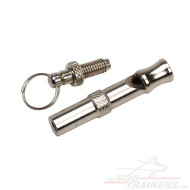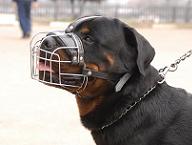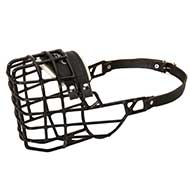Newfoundland usage and training
Every action lesson begins when the dog unwinds at a game,
preparing for work. The actual exercising itself is done simultaneously
on the ground and in water. A usual general training course is to
precede it: "Heel! ", "Place! ", "Come! " and other commands are
practised with the puppy when it is several months old. Then commands
become more complicated (the animal is controlled by voice, gestures
from a distance), and the lessons begin to be held in places of slippery or
slanted surfaces that resemble real conditions the dog works in.
Besides, a puppy should be familiar with the outside world: crowds, the
noise of motors, elevators.
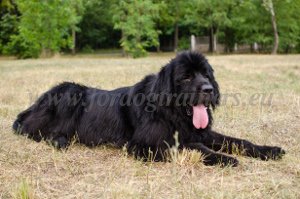 Where the Newfoundland is used:
Where the Newfoundland is used:
Without instructor: Situations allowing the dog to act independently:
helping unconscious or exhausted people, towing boats or objects,
pulling cables during floods and disasters.
Collaboration of an instructor and an animal: When working together, the
dog acts is assisting. When a person being rescued resists, the
conductorpacifies the drowning person, while the dog towns him or her.
When there is a need to collect the ship with the victims from the
danger zone
towards the open sea, the dog also assists as a tow. Newfy is again a
tug to assist the drifting (due to capsizing or breaking) vessels.
During search operations: Newfoundland dog tows a rescue boat, following
air bubbles left by scuba divers.
Areas of use. One can use Newfoundland dog wherever
there is water. In the sea: on-call or direct observationof
an accident from a rescue
post; the job is to provide security in the hard-to-reach places.
Restrictions: a strong surf with high waves. On the river:
on-call use to assist rescuers on the land; the task is immediate timely
arrival at the place by road transportation. Restrictions: upstream
near the floodgate sluice. In the lakes and other bodies of water:
usage at the signal of a witness of an incident
or at the momentof directobservation of an accident; the task is
constant watch and surveillance in the tourist areas. Restrictions:
upstream near the dam. During floods: use on
request to support transport teams. The main tasks are the
rescue of property; delivery of floating facilities
intended for evacuation of injured persons or transportation of food;
installation of auxiliary cables. During disasters: assisting victims,
charged with the very same tasks as during a flood. When conducting
sporting events on the water: regattas, triathlon
competitions and aquatics, which require
short-term observation and immediate intervention
in case of an accident. 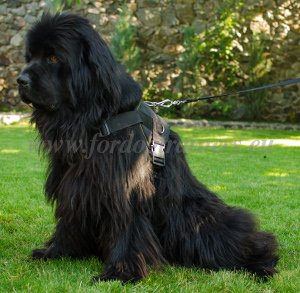
Training Newfoundland 'Water-work' is divided into 2 parts:
- a dog works independently learning to bring
objects, towing first his guide, then strangers, then finally towing
windsurfing boards or boats;
- joint work of the guide and the animal, acting together as a unity,
trusting each other and understanding each other. One can switch to
training sessions, related directly to the rescue works soon as
Newfoundlandreaches 15 months age: exercises become more difficult,
access to water is achieved by overcoming obstacles,
towing is practiced on increasingly heavier boats (sometimes 'the
tug' is covered by oncoming waves). The frequency of training varies
depending on needs and physical condition of the animal. However, there
is a need in daily repeating basics of general course of training.
Establishing a clear rapport between the dog's guide and the Newfoundland is vital and required. But
such mutual understanding is possible only under the condition that
the guide listens to his dog and is able to “read” it as an open
book, that is, to foresee its reactions. If the conductor wants the dog
to perform a certain command or terminate an action, his tone should be
different: prohibiting commands should be given in a jerky and dry
tone, and resolving commands should be vigorous and cheerful. Still,
above all, one principle of Newfoundland training must be learned: if a
dog performs an exercise successfully, it is only because of itself; if
unsuccessfully, this is the fault of his instructor.
You can find various products for Newfoundland dog in our online dog shop. These are handmade harnesses, leashes, collars and other pieces of dog training equipment of top quality materials.
